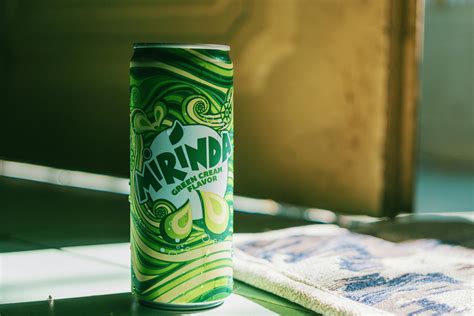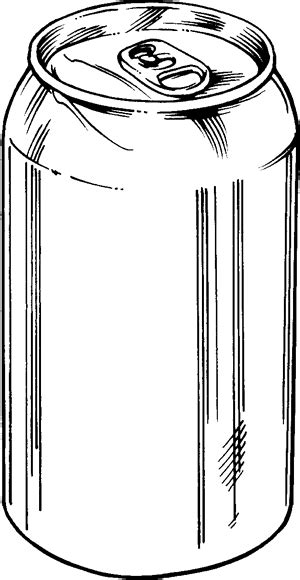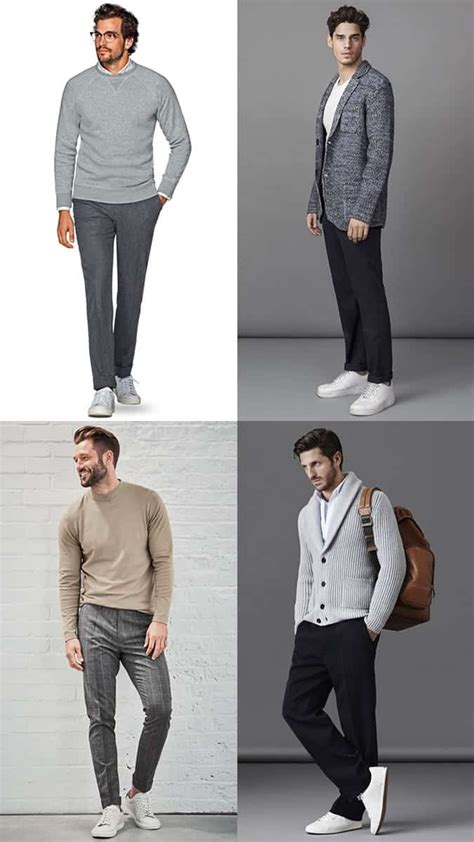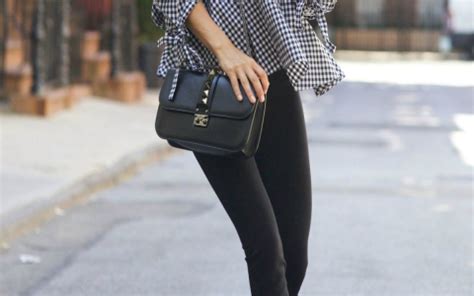The Rise of Smart Casual Professionalism
In today’s dynamic professional landscape, the full suit, while still essential for certain occasions, is no longer the sole arbiter of professionalism. Smart casual has emerged as a powerful, versatile alternative, allowing men to convey competence, confidence, and approachability without the rigid formality. But what exactly is smart casual, and how can men master this nuanced dress code to consistently project a polished image?
Smart casual is about striking a balance between relaxed and refined. It’s about looking effortlessly put-together, bridging the gap between overly formal business attire and overly relaxed weekend wear. The key lies in understanding foundational principles and building a versatile wardrobe.
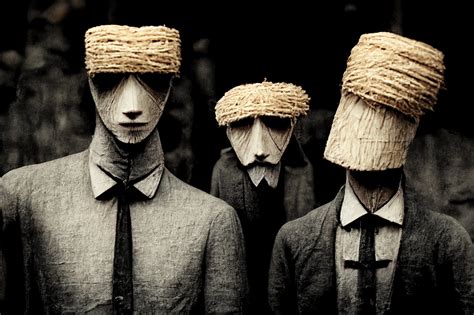
Foundational Principles of Smart Casual
Fit is Non-Negotiable
Regardless of the garment, a proper fit is paramount. Ill-fitting clothes, whether too baggy or too tight, immediately undermine any attempt at professionalism. Invest in tailoring if necessary; a well-fitted blazer, pair of chinos, or shirt elevates your entire look.
Quality Over Quantity
Opt for fewer, higher-quality pieces made from natural fibers like cotton, wool, linen, and cashmere. These materials drape better, last longer, and exude a more sophisticated aesthetic than synthetic alternatives. High-quality garments also tend to maintain their shape and appearance better over time.
Understanding Context
Smart casual is broad, and its interpretation can vary significantly depending on the industry, company culture, and specific event. Always consider your audience and surroundings. A creative agency’s smart casual might differ from a law firm’s or a networking event’s.
Essential Wardrobe Components for Smart Casual Mastery
Bottoms: The Anchor of Your Outfit
- Chinos: A cornerstone of smart casual. Choose slim-fit or tapered styles in versatile colors like navy, olive green, stone, and grey.
- Tailored Trousers: Think wool or cotton blends that aren’t part of a suit. These offer a more refined look than chinos without being overly formal.
- Dark Wash Jeans: If appropriate for your environment, a clean, dark indigo or black pair of jeans, free from rips or excessive distressing, can work. Ensure they are well-fitting and not baggy.
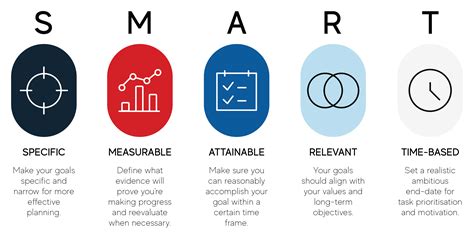
Tops: Layering with Intent
- Button-Down Shirts: Oxford cloth button-downs (OCBDs), chambray shirts, or fine-stripe shirts are excellent choices. Wear them tucked or untucked depending on the occasion and shirt length.
- Polo Shirts: A step up from a T-shirt, a well-fitting, structured polo in a good fabric (e.g., mercerized cotton) can be surprisingly professional.
- Fine-Gauge Knitwear: Merino wool sweaters (crew neck, V-neck), cashmere sweaters, or fine-gauge cardigans are perfect for layering over shirts or wearing on their own.
- Elevated T-shirts: A thick, well-fitting crew neck T-shirt in a solid color can work under a blazer or sport coat in very casual-leaning smart casual settings.
Outerwear: The Professional Edge
- Blazers/Sport Coats: An unstructured blazer in wool, cotton, or linen is perhaps the most defining smart casual piece. Navy and grey are classics, but consider options like olive or checks for added flair.
- Stylish Bomber Jackets: A well-tailored, clean bomber jacket in a sophisticated fabric (e.g., suede, wool blend) can add a modern edge.
- Smart Cardigans: A heavier gauge cardigan can replace a blazer in more relaxed smart casual settings.
Footwear: Step Up Your Game
- Loafers: Penny loafers, bit loafers, or tassel loafers in leather or suede are ideal.
- Derbies/Brogues: Slightly less formal than oxfords, these lace-up shoes are perfect for grounding a smart casual outfit.
- Chukka Boots: A stylish and comfortable option, especially in suede.
- Smart Sneakers: Only minimalist, clean, leather sneakers in solid colors (white, black, navy). They must be pristine.
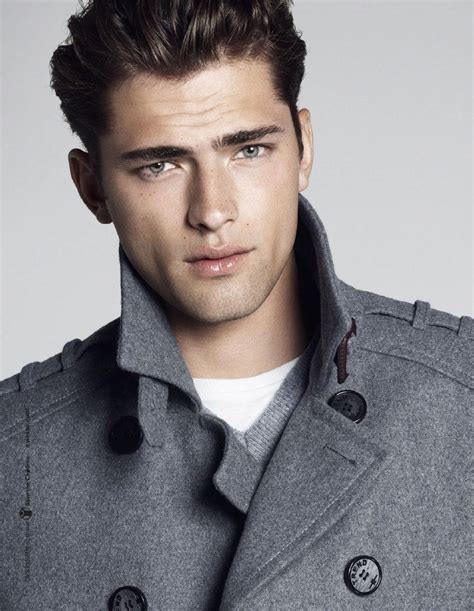
Accessorizing Thoughtfully
Accessories can elevate or detract from your smart casual look. A leather belt that matches your shoes, a classic watch, and perhaps a subtly patterned pocket square (if wearing a blazer) add a touch of polish without overdoing it. Avoid anything too flashy or distracting.
Crafting Professional Smart Casual Outfits
- The Classic: Unstructured navy blazer, light blue OCBD, stone chinos, and brown leather loafers.
- The Modern: Fine-gauge merino sweater over a white T-shirt, tailored grey wool trousers, and clean white leather sneakers.
- The Relaxed Professional: Dark wash jeans, a structured polo shirt, a cotton sport coat, and suede chukka boots.
- The Layered Look: Thin knit cardigan over a button-down shirt, olive chinos, and leather derbies.
Experiment with combinations. The beauty of smart casual lies in its versatility. Mixing different textures and colors can create depth and interest in your outfits.
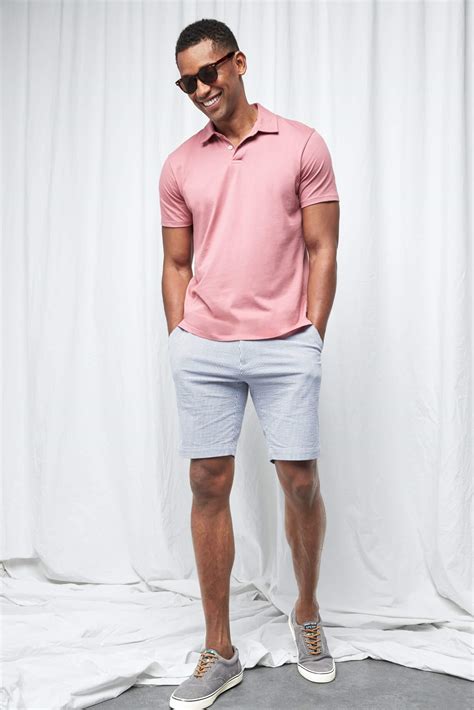
Common Mistakes to Avoid
- Ignoring Fit: As stressed, this is the quickest way to look sloppy.
- Wrinkled Clothes: Even the best garments look unprofessional if creased. Always iron or steam your clothes.
- Too Casual Footwear: Running shoes, worn-out sneakers, or flip-flops have no place in smart casual.
- Over-Accessorizing: Keep it subtle. A watch and a belt are usually sufficient.
- Mixing Formal with Too Casual: A crisp dress shirt with distressed jeans rarely works. Maintain balance.
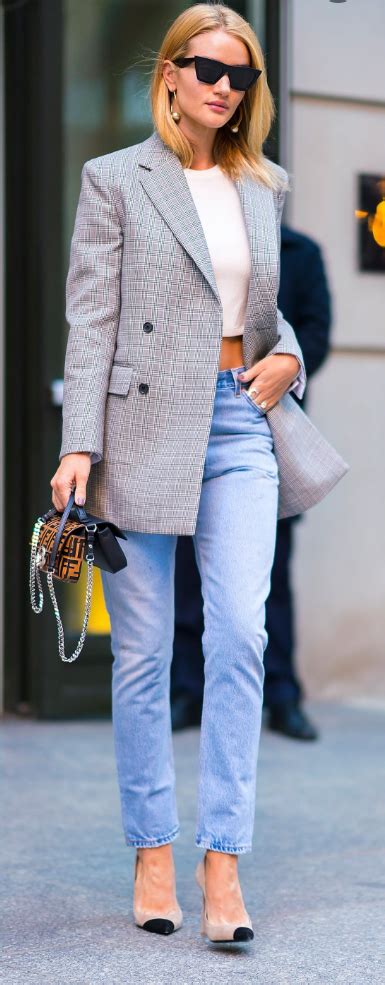
Conclusion: Embrace Your Versatile Professionalism
Mastering smart casual style is an invaluable skill for the modern man. It’s not just about looking good; it’s about communicating confidence, adaptability, and respect for the professional environment, all while enjoying greater comfort than a traditional suit allows. By focusing on fit, quality, context, and building a versatile wardrobe of key pieces, you can effortlessly project professionalism and elevate your personal brand in any smart casual setting.
